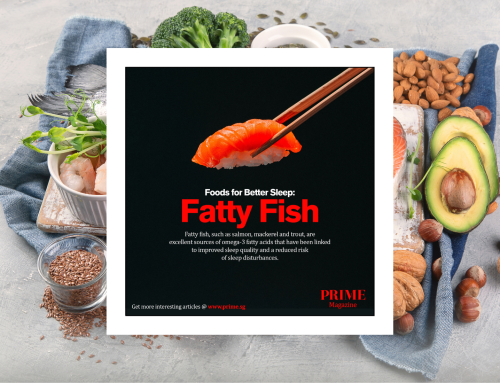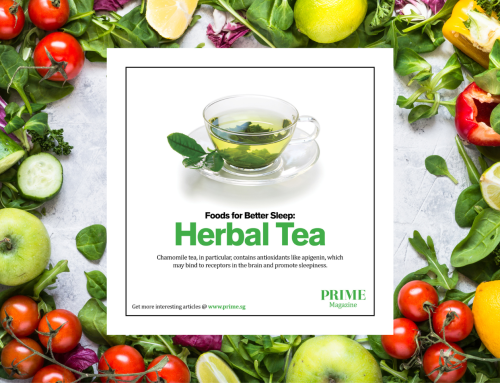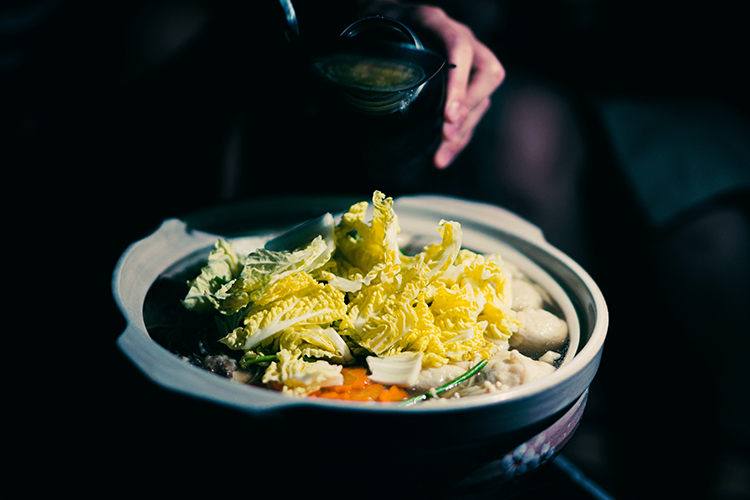
Learn how to enjoy a meal of steamboat while staying healthy at the same time!
Did you know?
- The base soup, which already contains salt, is made more flavourful by adding slices of marinated pork, chicken, beef and organ meats such as liver, pork kidney and beef tripe. All of those are high in saturated fats. Even the chilli paste added to soups is sometimes fried with corn, soybean and olive or canola oil.
- While prawn heads impart sweetness to the steamboat soup, they also add cholesterol. Consume just the body and tail as these parts contain protein and iron which your body requires.
-
Select a light soup base for your hot pot
Go for clear or light-flavoured soup such as mushroom and cabbage tofu soup for a healthy hot pot. If you have the time, you can make your own soup stock instead of buying those readily available. You can add in sweet herbs such as Chinese barley, kudzu root and Chinese wolfberry to help reduce the “heatiness” of the steamboat dish as well as enhance its flavour. Otherwise buy only low-sodium chicken or vegetable bouillon for soup stock. Avoid drinking the soup as it is high in sodium, cholesterol and nitrites. If you see froth afloat the soup, skim it off – it is made up of fat and coagulated protein!
-
Speed matters
Take your time to chew thoroughly to give your brain some time to receive signals from your tummy – you could be full but eating out of greed! Your brain and stomach register feelings of fullness after about 20 minutes. If you eat too fast, the hormone signals may not have enough time to communicate to your brain that your body is receiving nutrients.
-
Select a variety of foods
Your health is worth more than anything else – select your ingredients from a variety of food groups in a steamboat as you would in your meals to ensure a well-balanced diet.
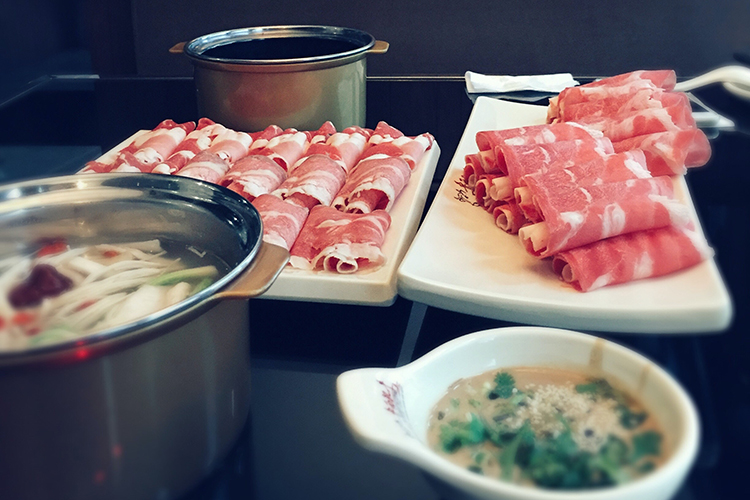
-
Choose lean over fat
Choose fish, seafood, lean pork and chicken oven internal organs such as liver, intestines, beef trip and pork kidney. Select skinny meat, low-fat seafood or replace meat with bean curd for the protein needed. The best meats are thinly sliced lean pork, striploin, skinless chicken breast and fish fillets.
-
Skip the processed food and go fresh!
Processed foods have little nutrition value and are high in nitrites. Excessive levels of these compounds in the body may result in methemoglobinemia, a blood disorder that occurs when haemoglobin is unable to effectively release oxygen to body tissues. Choose fresh meat for your steamboat instead as they contain less fat and sodium.
-
Go light on dips
Most foods are already naturally salty. If you need a sauce, replace the high calorie sauces with fresh cut chillies, spring onion and minced garlic. These would help to reduce the calories by half. Add in 2 teaspoons of vinegar to help dissolve fatty oil in the foods.
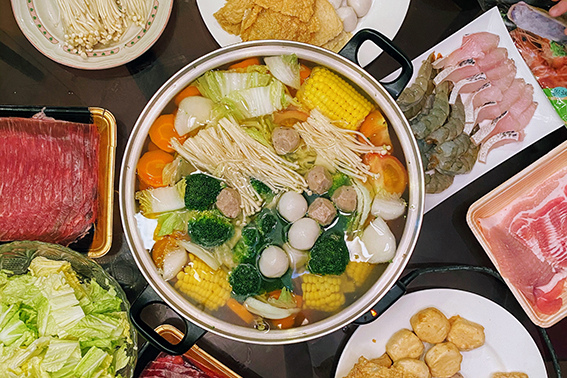
-
Avoid slurping down hot soup
Do not consume boiling hot food, eat only when the food has cooled down. Our oral cavity, oesophagus and gastric can only withstand temperature of 50 degrees Celsius and any temperature beyond this may injure the mucosa. Hot soup as hot as 120 degrees Celsius can easily burn your mouth, oesophagus and stomach mucosa. Eating hotpot frequently can also prevent the soft tissues from healing. All these can lead to various ulcer and stomach cancer in the long run.
How full is full?
Stop eating when you are 60-70 percent full. If you have taken too much starch-based foods, avoid main dishes such as rice and noodles.
Caution!
If you suffer from hypertension and kidney problems, avoid steamboat as it contains high amounts of sodium that will overload kidneys, causing excessive water retention and swollen extremities. Diabetics and those with high cholesterol levels should also watch their saturated fat intake, especially when it comes to eating seafood.







